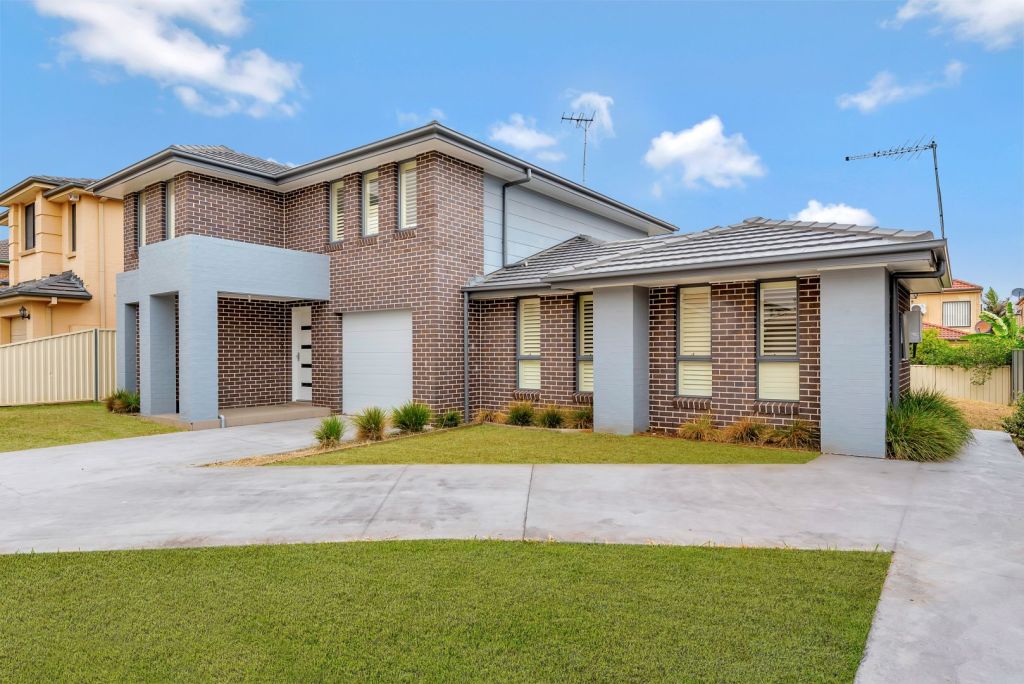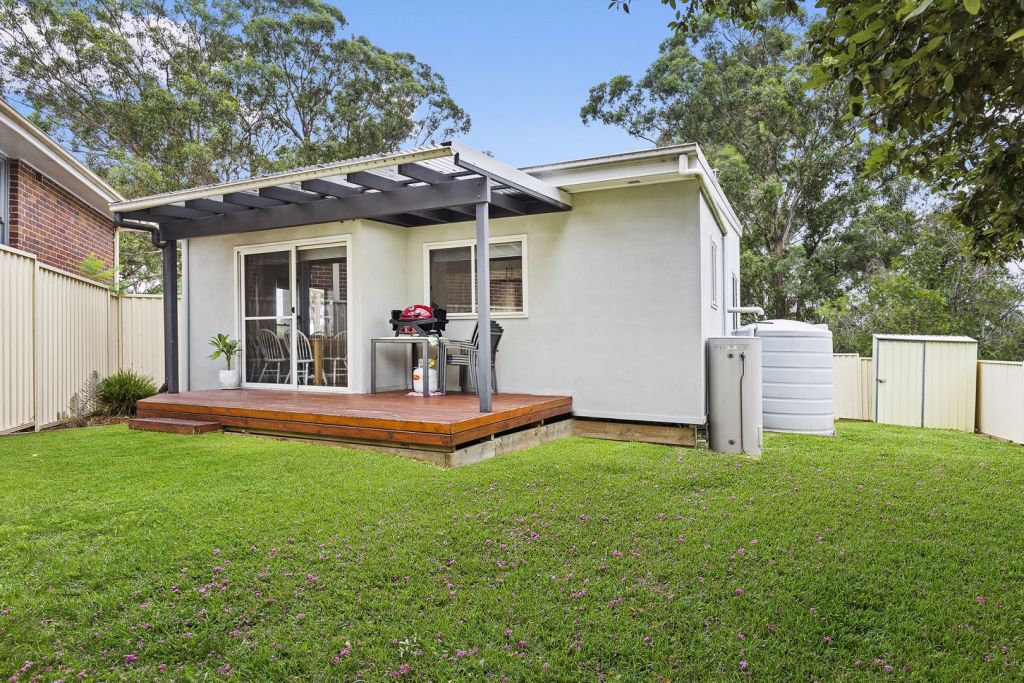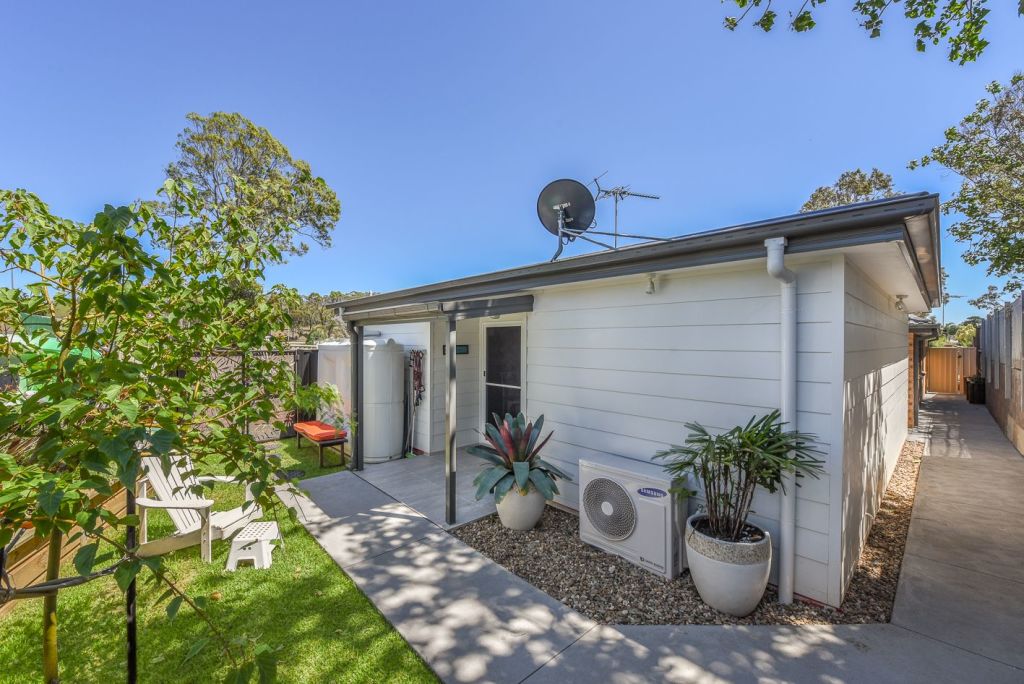What you need to know before building a granny flat
Granny flats, or secondary dwellings, can allow home owners to keep parents or adult children close by while giving them their own space. They can also be a great way to generate rental income.
But before you book in your builder, there are a few questions you’ll need to ask and some research to undertake to make your project a successful one.
Can I build a granny flat in my backyard?
Allan Stroud, owner of Lifestyle Granny Flats, says in Queensland the rules differ from shire to shire.
“Each shire has its own particular requirements and limits as to how big you can build, and these can change,” he says. “For example in Moreton Shire the regulations have changed from 70 square metres down to 50 square metres because they were having enormous problems with infrastructure and parking.”
Stroud says in Logan the council introduced a hefty infrastructure charge after the provision of utilities for dual occupancy was proving too much of a burden. Ipswich also has an infrastructure fee, while in Brisbane you can build a dwelling up to 70 square metres but no more than two bedrooms.
Victoria has similarly variable rules depending on which council area you live in.
In NSW the minimum lot size is 450 square metres and the maximum dwelling size is 60 square metres.

Who can live in a granny flat?
If you live in Melbourne, Brisbane or Adelaide and you thought a granny flat was a great way to boost your cashflow, think again.
According to regulations in these cities, only immediate family or a “dependent person” can occupy your granny flat. In some instances, you may be required to remove your granny flat if that person leaves or dies.
There is more choice across NSW, Western Australia, the Northern Territory, the ACT and Tasmania, where Gateway Bank chief executive Paul Thomas says it’s generally acceptable to rent out your second dwelling. Research conducted by Gateway revealed 23 per cent of the country’s granny flats were used to generate rental income.

Who does the granny flat belong to?
When building a granny flat to house extended family, Stroud says it’s important to be clear on who will own the dwelling before you turn the first sod.
“Ownership is a key issue,” he says. “Families can start out OK, but sometimes they fall out and it ends up in litigation. So if mum and dad are moving in with the kids and paying for the build, you might need to seek legal advice.”
Stroud says Lifestyle Granny Flats runs seminars to address these issues and help retirees preserve their superannuation should relations within a family go sour.
How much do granny flats cost?
Thomas says the cost for a granny flat can range from $20,000 to $200,000-plus.
“The cost of a granny flat can vary depending on the purpose of the residence and the quality you’re striving for,” he says.
Thomas says for $24,000 you might secure a flat-pack DIY dwelling, $70,000 should cover the installation of a one-bedroom prefabricated dwelling while custom designs start from around $120,000.
Owner and managing director of Newcastle-based Backyard Grannys Alex Mitchell says the typical price for a one-bedder starts at $90,000, with a two-bedder starting from $105,000.
“In our experience at Backyard Grannys clients spend on average $130,000 on a granny flat purchase,” he says.

How can I finance my granny flat?
If your home is encumbered and you’re still paying off a mortgage, Thomas says you’ll need to go through the process of a home loan application.
“While you can use your home’s equity to help you apply for a top-up or new loan, you will still need to be able to demonstrate that you have enough income to make the repayments on the new loan,” he says.
“As part of the application process, you may also need to have your home revalued so be prepared. Have your house and floor plans ready so that your appraiser can get a sense of how much value your granny flat will add to your existing property.”
Some banks, including Gateway, have products specifically designed for the development of granny flats. If you choose this option, you may have to refinance your existing mortgage with the new credit provider in order to gain access to the granny flat loan…
This article is from Domain, you can read the full article here:
https://www.domain.com.au/advice/what-you-need-to-know-before-building-a-granny-flat-804478/
